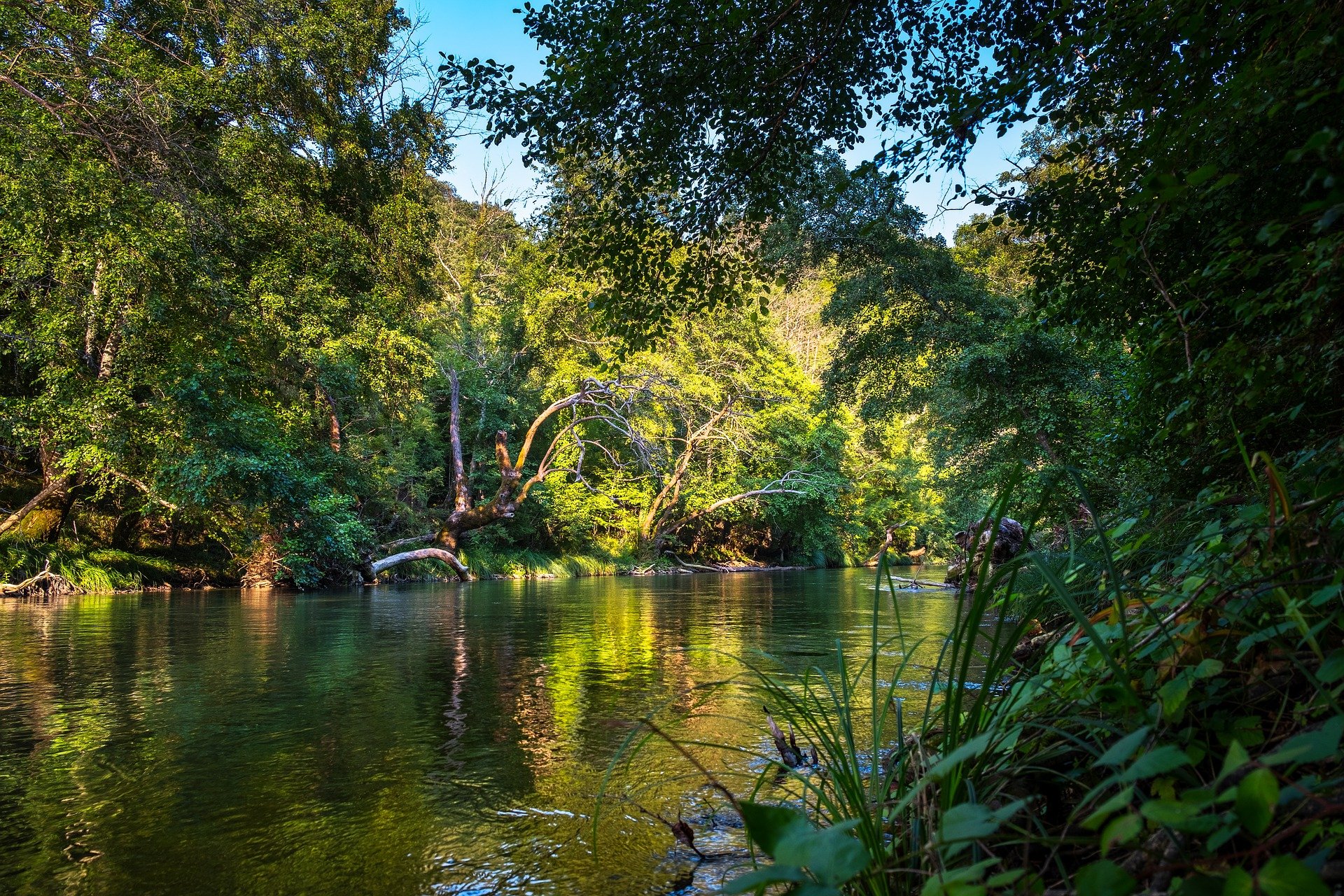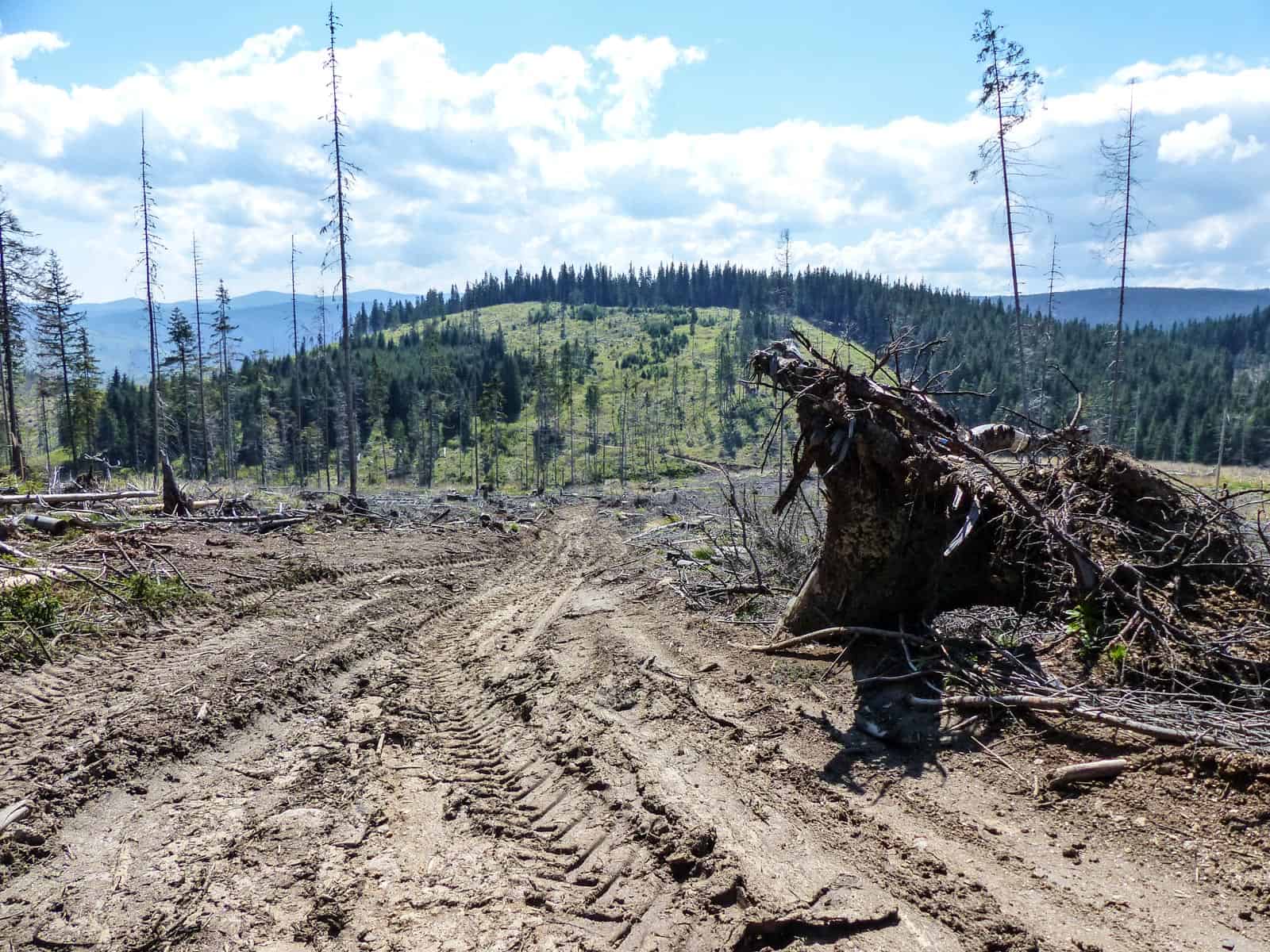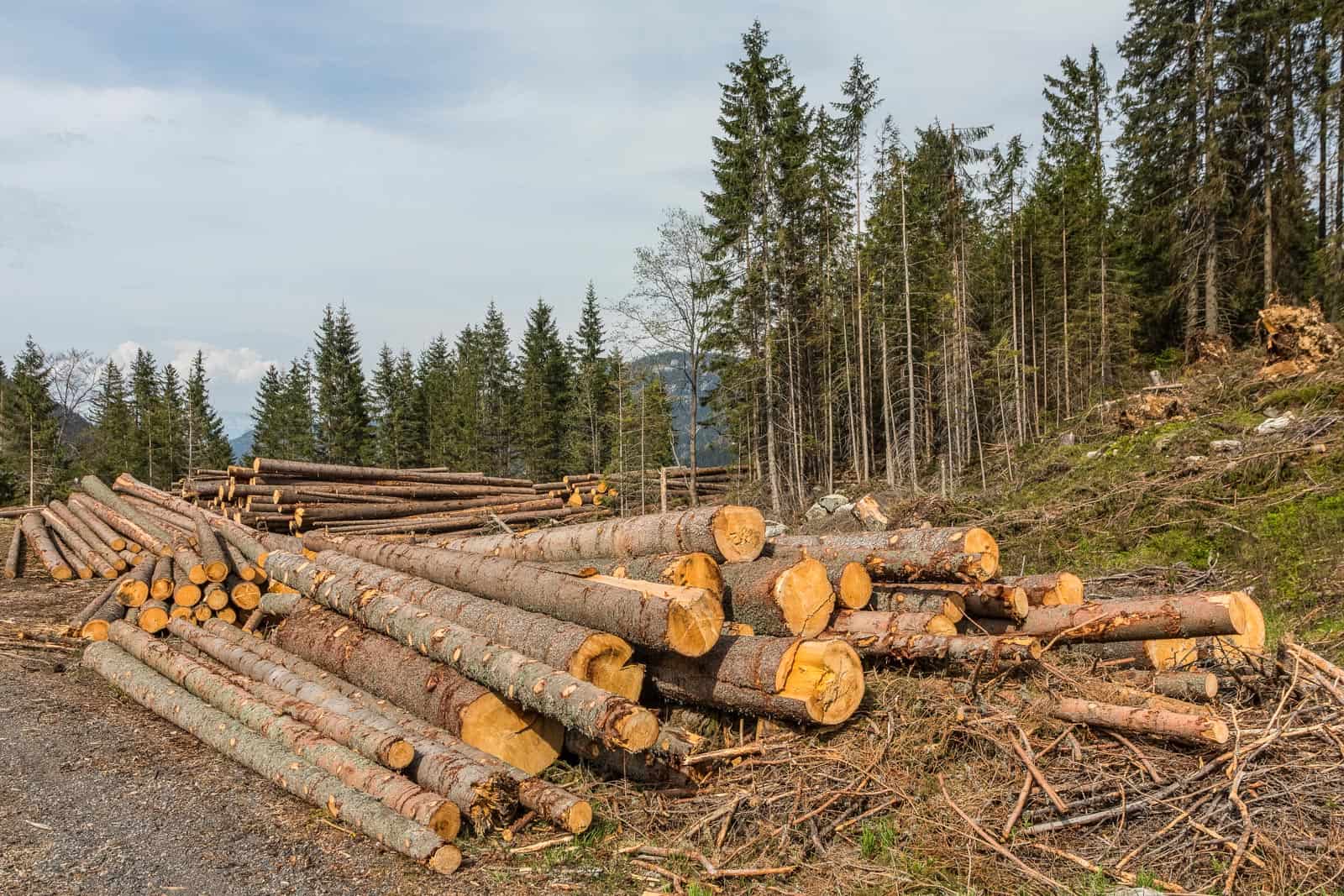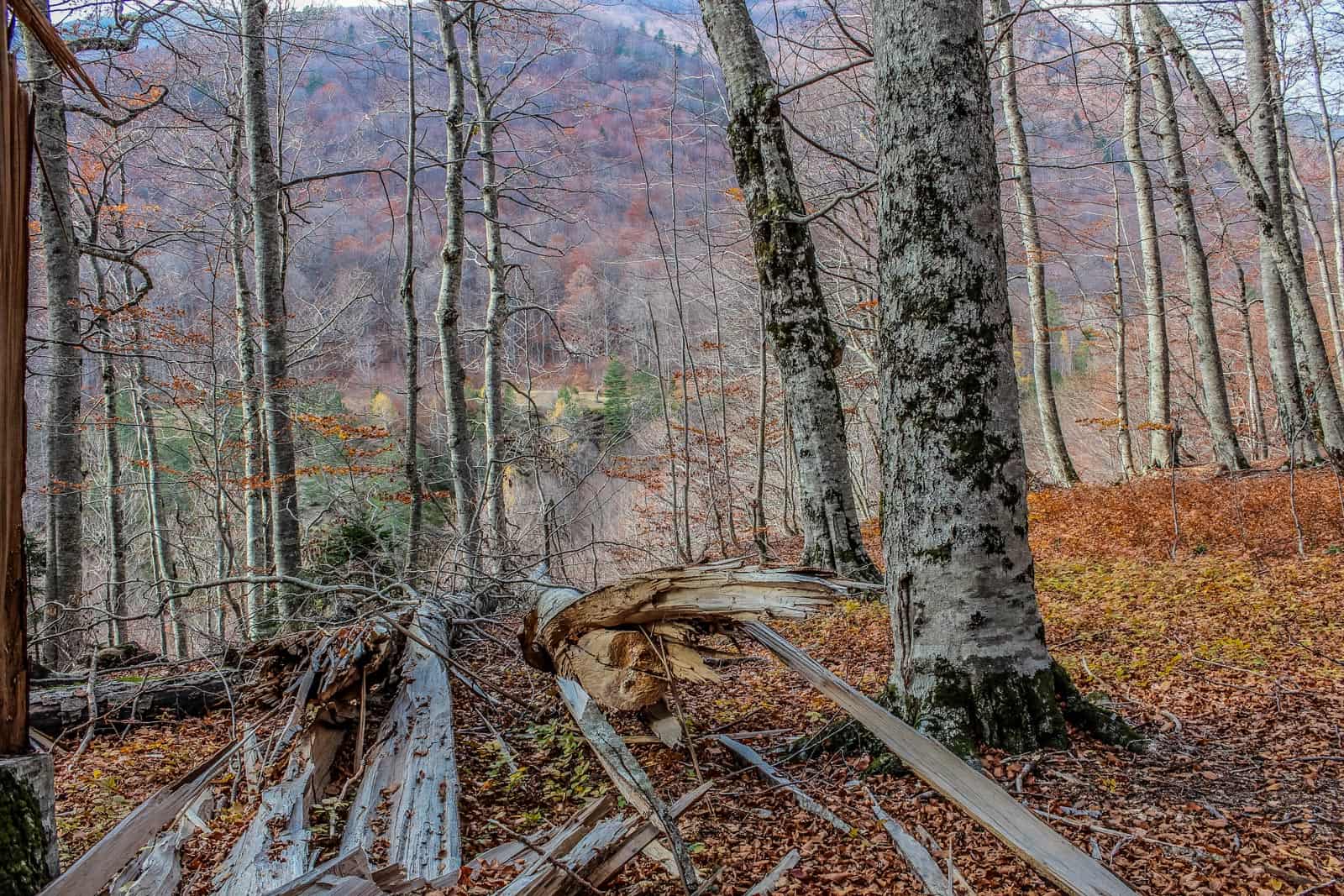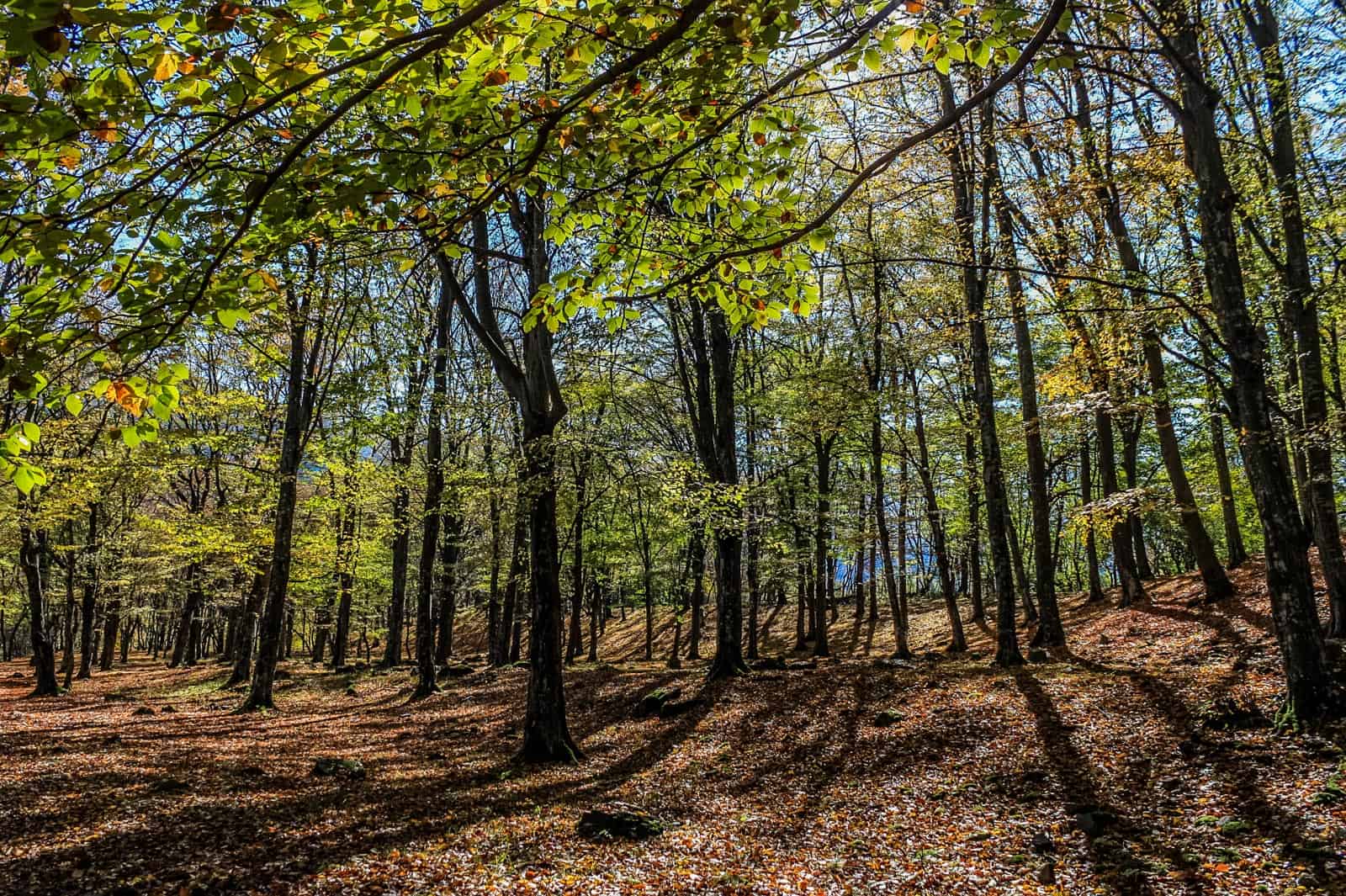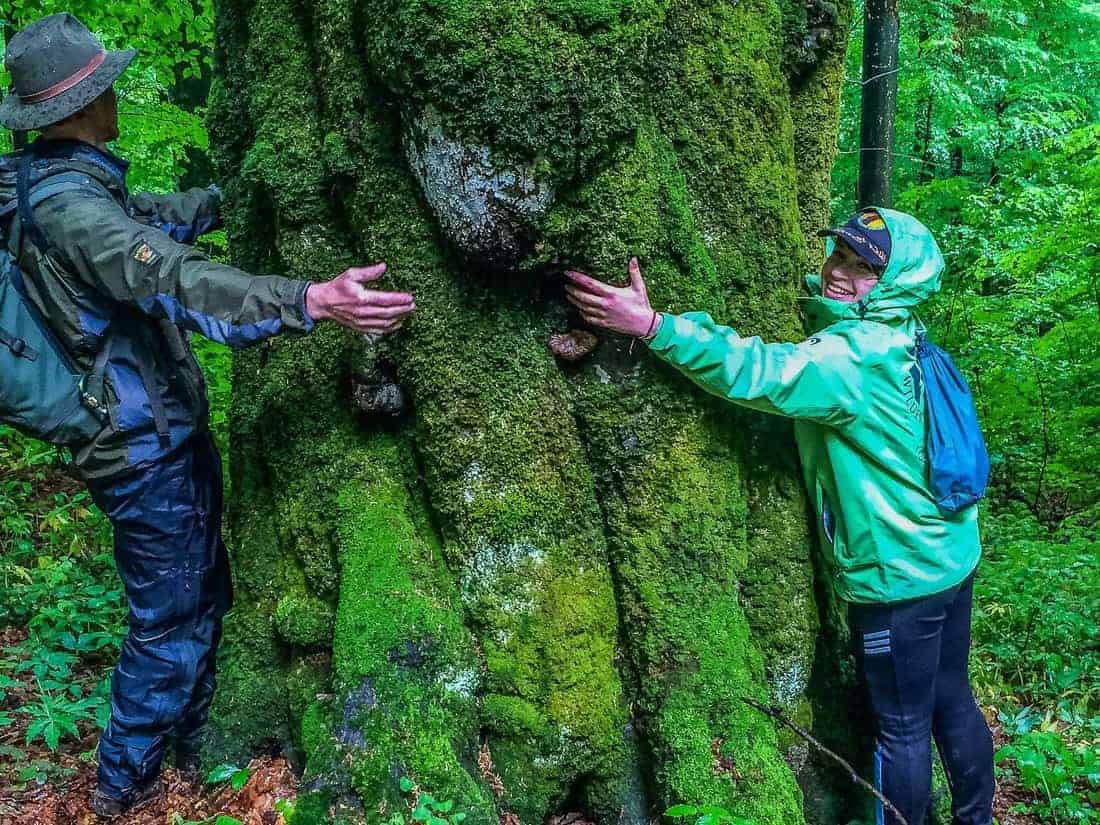Natural vs. commercial forests as biodiversity spots and carbon sinks
There are heated arguments about the use of forests in the debate about wood production, climate protection and biodiversity. A new study highlights the different arguments used for primeval and natural forests or managed forests.
What are primeval and natural forests?
A primeval forest is a large-scale forest ecosystem for which no direct human interventions are known. It consists of tree and shrub species which have never been significantly altered and are typical of the location. Such forests shrunk to tiny remnants of less than 1% in Central Europe, being highly endangered.
Natural forests have emerged from natural regeneration and have developed freely over a long time without human intervention. They can become very similar to primeval forests over long periods of time. Such forests contain those species that would also occur in the natural plant community at a certain location.
Are there still primeval and natural forests in Europe?
33% of the land area in Europe are forests. Only 2,2% are still characterized as primeval or natural forests, of these being 2,4% in the EU. 80% of the temperate primeval forests are located in the Carpathian Arc in Ukraine, Romania and Slovakia. Hundreds of thousands of hectares of these forests have been lost in the past ten years alone. Large areas are being downgraded by definition to be opened up for utilization, because there are no clear terminological definitions and boundaries for primeval and natural forests according to the European Forest Institute (EFI).
Furniture out of primeval forests
In Romania, 350.000 hectares of primeval and natural forests have been lost through legal and illegal logging. Large scale clear-cutting takes also place in protected areas. Cheap furniture in a German furniture store may come from Romanian primeval mountain spruce forests, from centuries-old giant trees. Furthermore, the enormous global demand for packaging materials, previously made of plastic, now claiming itself as being „sustainable“, increase the pressure to develop cheap wood resources. Large factories have established enormous logging capacities settled around the Carpathian Arc.
Biodiversity in forests
Forests of Central Europe are relatively low in tree species, but they possess a highly diverse fauna, fungal and plant flora. Many beetles, birds, fungi, lichens and mosses are especially dependent on deadwood and old trees and have been pushed back by forest management to a few small and isolated refugia. Highly specialized species show higher densities in natural forests and decline even at low levels of forest utilization. Controversely, forests with traditional forms of forest utilization can be exceptionally rich in endangered species. In the context of biodiversity, managed and protected forests should be seen as complementary concepts, not opposites.
The role of forests in climate protection
During their growth phase, forests remove large amounts of CO2 from the atmosphere and store it in the biomass (wood) and soil over the time. Globally, forests are the largest terrestrial sink for CO2. This storage capacity is decreasing due to destruction and overexploitation, mainly driven by utilization of wood for thermal energy. Also climate effects like forest fires and drought stress are accelerating this development.
Are natural or managed forests better for climate protection?
During their gA recently published study concluded that primeval and natural forests are disadvantageous for climate protection, because managed forests have a higher climate protection due to higher tree growth and a corresponding long-term wood product storage. This is often used to discredit attempts to protect primeval forests and to cease their utilization. The study mistakenly used an area as reference that was not yet comparable to natural forests. Besides, biodiversity measures were limited to the consideration of vascular plants. But conservation assessments require a much wider variety of species and criteria. Measuring the C pool of managed and primeval forests in the Slovakian Carpathians, it was 27% higher in primeval forests. The C sink in the primeval forest was +310% in deadwood, +20% in wood biomass and +17% in soil than in the managed forest.
Hence, primeval and natural forests contribute significantly both to the conservation of biodiversity and the carbon storage, i.e. to climate protection. Abandoning the utilization of selected areas is the best practice for sustainable nature and climate protection and also does not rule out the utilization of wood when this has proven positive effects on the climate.
Tomorrow you can read a posting about the narrative of the climate neutrality of wood as a resource.


